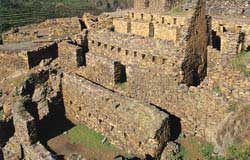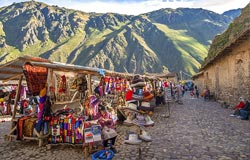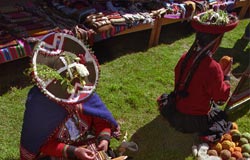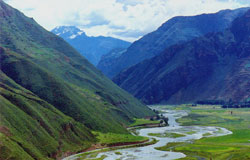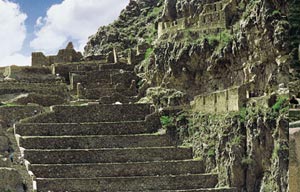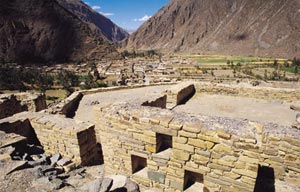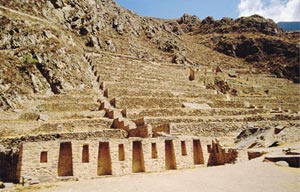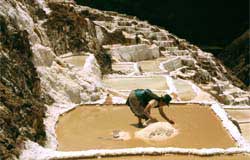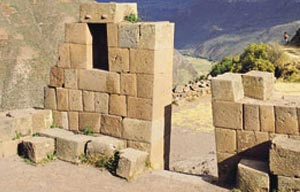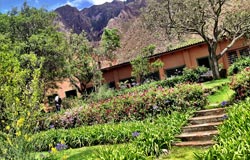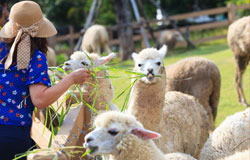Pisac Ruins (CUS H106)
Visit the Inca archeological remnants of Pisac known as Inca Pisac, which lie atop a hill at the entrance to the valley. It features an irrigation system, an astronomical observatory, and a solar clock and calendar (Intiwatana). The hillside is lined with agricultural terraces constructed by the Inca and still in use today. With military, religious, and agricultural structures, the site served at least a triple purpose. Besides a country estate, it is thought that Pisac defended the southern entrance to the Sacred Valley, while Choquequirao defended the western entrance and the fortress at Ollantaytambo the northern. (4h)
